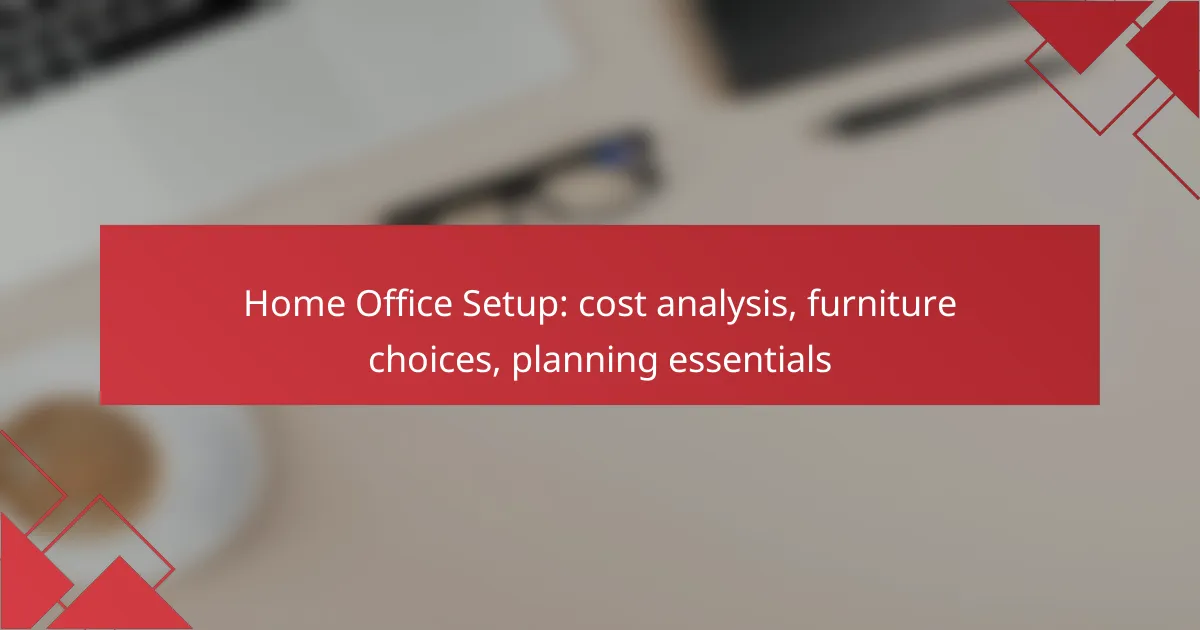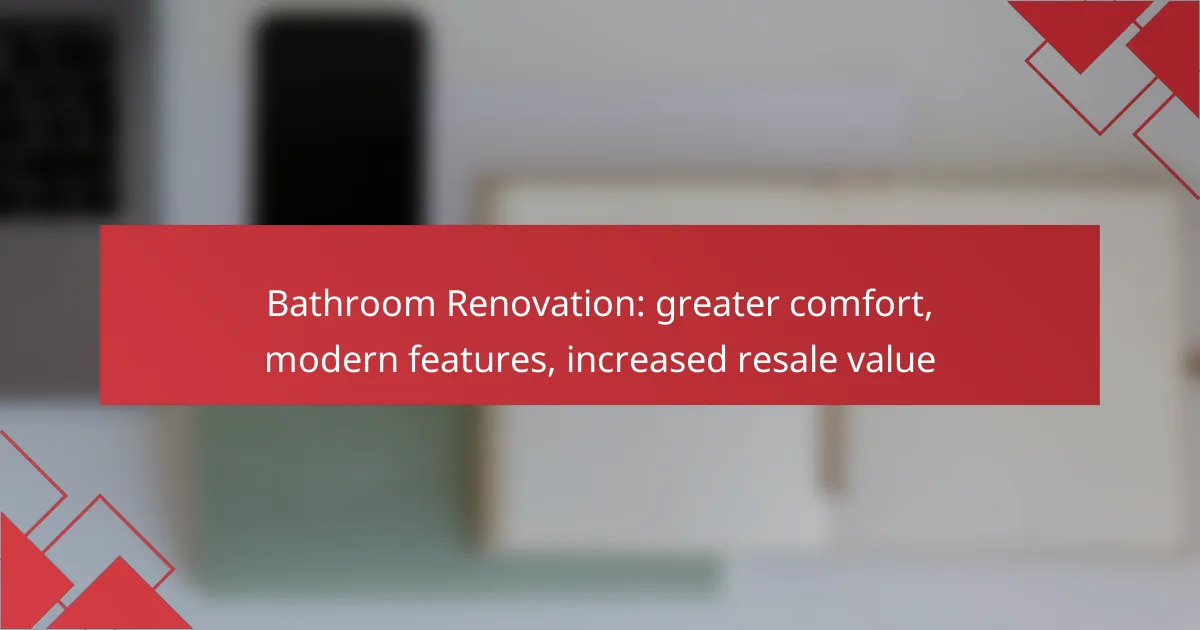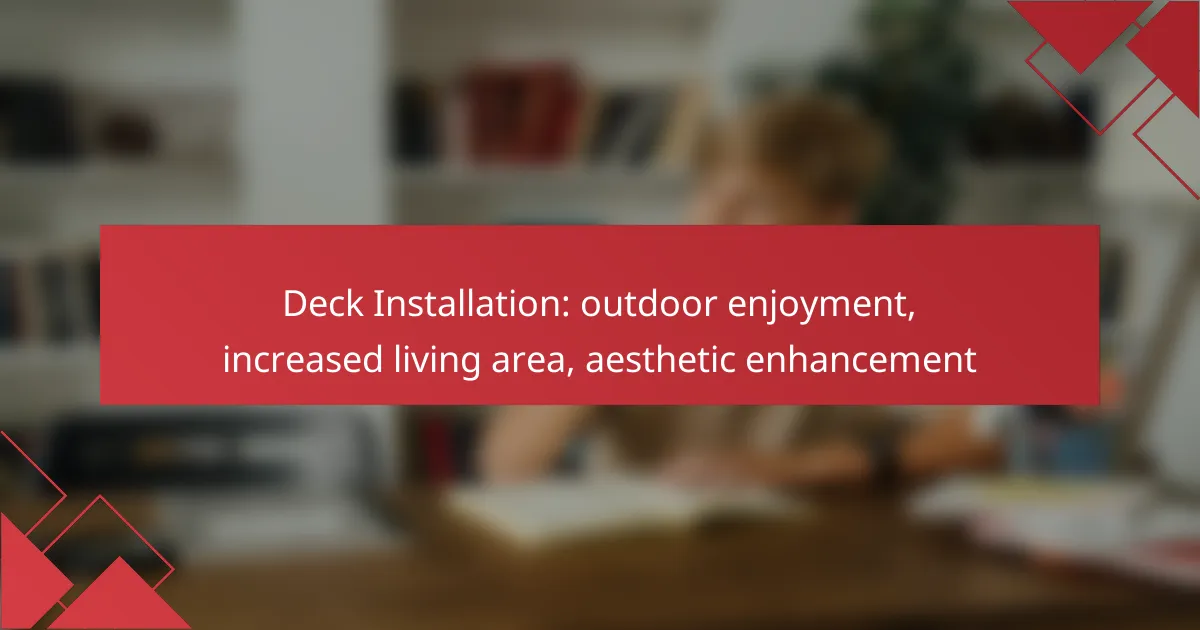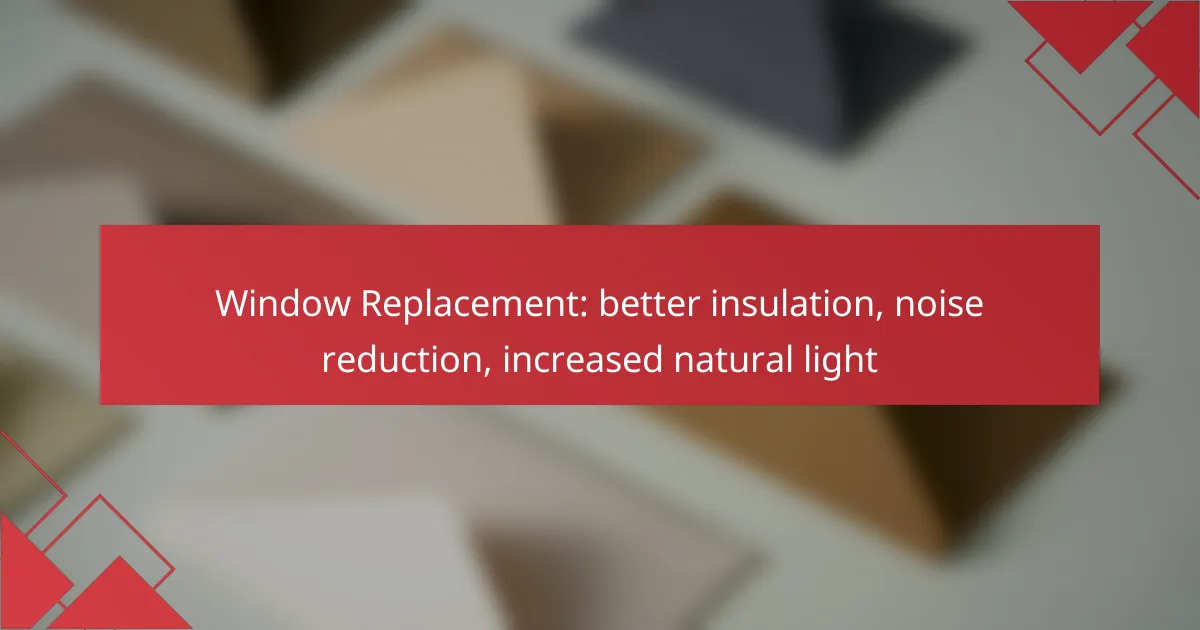Setting up a home office involves careful consideration of costs, furniture choices, and essential planning to create an efficient workspace. The expenses can range significantly based on the quality of items selected, while prioritizing ergonomic and space-efficient furniture can enhance both comfort and productivity. Thoughtful planning of the office layout, including lighting and movement flow, is crucial for tailoring the environment to your specific work needs.

How much does a home office setup cost in the UK?
The cost of a home office setup in the UK can vary widely, typically ranging from a few hundred to several thousand pounds, depending on the quality of furniture and technology chosen. Key factors influencing costs include the type of desk, chair, and equipment needed for effective work.
Average costs for furniture
When budgeting for furniture, expect to spend between £150 and £1,000. A basic desk can cost around £100, while ergonomic chairs range from £80 to £500, depending on features and brand. Investing in quality furniture can enhance comfort and productivity.
Consider additional items such as storage solutions and accessories, which can add another £50 to £300 to your overall budget. Prioritizing essential pieces will help manage costs effectively.
Additional expenses for technology
Technology costs can significantly impact your home office budget, typically ranging from £200 to £1,500. A reliable computer or laptop is essential, with prices starting around £300 for basic models and exceeding £1,000 for high-performance options.
Other technology expenses may include monitors, printers, and software subscriptions, which can add another £100 to £500. Assess your specific needs to avoid overspending on unnecessary gadgets.
Budgeting tips for home office
To effectively budget for your home office, start by listing essential items and their estimated costs. Prioritize spending on quality furniture and technology that will enhance your work experience, while considering second-hand options to save money.
Utilize online marketplaces and local shops for deals, and keep an eye out for sales or discounts. Setting a clear budget and sticking to it will help prevent overspending and ensure you create a functional workspace within your financial means.

What furniture choices are best for a home office?
The best furniture choices for a home office prioritize comfort, functionality, and space efficiency. Selecting ergonomic chairs, compact desks, and effective storage solutions can significantly enhance productivity and create a pleasant work environment.
Ergonomic chairs for comfort
Ergonomic chairs are designed to support your body and promote good posture during long hours of work. Look for features such as adjustable height, lumbar support, and breathable materials to ensure comfort.
Consider models that allow for seat depth adjustment and armrest height to accommodate various body types. Investing in a quality ergonomic chair can range from low hundreds to over a thousand USD, depending on the brand and features.
Desks suitable for small spaces
When choosing a desk for a small home office, opt for compact designs that maximize functionality without overwhelming the space. Desks with built-in shelves or foldable options can save valuable floor area.
Consider a writing desk or a corner desk that fits snugly into the room’s layout. Prices for small desks typically range from around 100 to 500 USD, depending on materials and design complexity.
Storage solutions for organization
Effective storage solutions are essential for maintaining an organized home office. Use vertical storage options like shelves or wall-mounted cabinets to keep the floor clear and utilize space efficiently.
Incorporate multi-functional furniture, such as storage ottomans or desks with drawers, to keep supplies handy while minimizing clutter. Budget for storage solutions can vary widely, typically from 50 to several hundred USD based on size and materials.

How to plan an effective home office layout?
To plan an effective home office layout, focus on creating a functional and comfortable space that enhances productivity. Consider factors such as ergonomics, lighting, and the flow of movement to ensure your workspace meets your specific needs.
Key considerations for layout design
When designing your home office layout, prioritize ergonomics to reduce strain during long hours of work. Position your desk at a height that allows your elbows to rest comfortably at a 90-degree angle, and ensure your monitor is at eye level to prevent neck strain.
Additionally, consider the placement of furniture and equipment to facilitate easy movement and access. A layout that allows for clear pathways and minimizes clutter will help maintain focus and efficiency.
Tools for planning your space
Utilize online room planners or design software to visualize your home office layout before making any purchases. Tools like SketchUp or Roomstyler allow you to create a 3D model of your space, helping you experiment with different configurations.
Alternatively, a simple graph paper sketch can also work well. Measure your room and furniture dimensions accurately, then draw to scale to see how everything fits together.
Common layout mistakes to avoid
Avoid placing your desk in a corner where you may feel isolated or cramped. Instead, aim for a position that allows for natural light and a view of the room, which can enhance your mood and productivity.
Another common mistake is neglecting storage solutions. Ensure you have adequate shelving or cabinets to keep your workspace organized, as clutter can lead to distractions. Regularly assess your layout and make adjustments as needed to maintain an efficient environment.

What are the essential components of a home office?
A home office typically includes a desk, chair, technology, and appropriate lighting to create a functional workspace. These components are crucial for productivity and comfort, allowing you to work efficiently from home.
Technology essentials for productivity
Key technology components for a home office include a reliable computer, high-speed internet connection, and peripherals like a printer and scanner. Consider investing in a good-quality webcam and microphone for video calls, which have become increasingly important in remote work settings.
When selecting devices, prioritize those that enhance your workflow. For example, a dual-monitor setup can significantly increase productivity by allowing you to multitask more effectively. Ensure your internet speed is sufficient, ideally at least 25 Mbps for smooth video conferencing and file transfers.
Lighting options for a home office
Proper lighting is essential in a home office to reduce eye strain and improve focus. Natural light is ideal, so position your desk near a window if possible. If natural light is limited, consider using a combination of ambient and task lighting.
For ambient lighting, choose overhead fixtures that evenly distribute light. Task lighting, such as desk lamps with adjustable brightness, can help illuminate specific work areas. Aim for a color temperature of around 4000K to 5000K, which mimics daylight and promotes alertness.
Decor elements for a professional look
Creating a professional appearance in your home office involves selecting decor that reflects your personal style while maintaining a business-like atmosphere. Choose a color palette that is calming yet stimulating, such as soft blues or greens, which can enhance focus.
Incorporate functional decor, such as shelves for organization and artwork that inspires you. Plants can also add a touch of nature and improve air quality. Aim for a balance between personal touches and a tidy, uncluttered workspace to foster productivity.

What are the benefits of a well-designed home office?
A well-designed home office enhances efficiency and comfort, leading to better work outcomes and overall satisfaction. By creating a dedicated workspace, individuals can minimize distractions and establish a clear boundary between professional and personal life.
Increased productivity and focus
A well-structured home office can significantly boost productivity and focus. By organizing your workspace with essential tools and minimizing clutter, you can create an environment that fosters concentration. Consider investing in ergonomic furniture and adequate lighting to enhance your comfort and efficiency.
To maximize focus, designate specific areas for different tasks. For example, have a separate space for meetings and another for creative work. This separation can help signal your brain to switch modes, improving your overall output.
Improved work-life balance
A thoughtfully designed home office contributes to a healthier work-life balance by establishing clear boundaries. When your workspace is distinct from your living area, it becomes easier to “leave work at work” after hours. This separation can reduce stress and improve your mental well-being.
To maintain this balance, set regular work hours and stick to them. Use tools like calendars or reminders to help you stay on track. Additionally, ensure that your home office is equipped with everything you need to avoid unnecessary interruptions, allowing you to enjoy your personal time more fully.

What trends are shaping home office setups in 2024?
In 2024, home office setups are increasingly influenced by hybrid work models and a focus on wellness. Key trends include ergonomic furniture, multifunctional spaces, and advanced technology integration to enhance productivity and comfort.
Ergonomic furniture choices
Ergonomic furniture is essential for maintaining comfort and health during long work hours. Look for chairs that support the natural curve of your spine and desks that can adjust between sitting and standing positions. Investing in quality ergonomic options can reduce the risk of strain and injury.
Consider options like sit-stand desks, which allow for easy transitions between sitting and standing, and chairs with adjustable lumbar support. Prices for ergonomic chairs can range from low hundreds to over a thousand USD, depending on the brand and features.
Multifunctional space planning
Creating a multifunctional home office space is crucial for maximizing utility, especially in smaller homes. This involves designing areas that can serve multiple purposes, such as a workspace that doubles as a guest room or a dining area that can be used for meetings.
Use furniture that can be easily moved or reconfigured, such as foldable desks or modular seating. This flexibility allows you to adapt your space as needed, which is particularly valuable in urban settings where space is limited.
Technology integration
Integrating advanced technology is a significant trend in home office setups. High-speed internet, video conferencing tools, and smart home devices can enhance productivity and connectivity. Ensure your workspace is equipped with reliable tech to support remote collaboration.
Consider investing in a good quality webcam, noise-canceling headphones, and a strong Wi-Fi router. These tools can greatly improve your work experience and help you stay connected with colleagues, making remote work more efficient.










